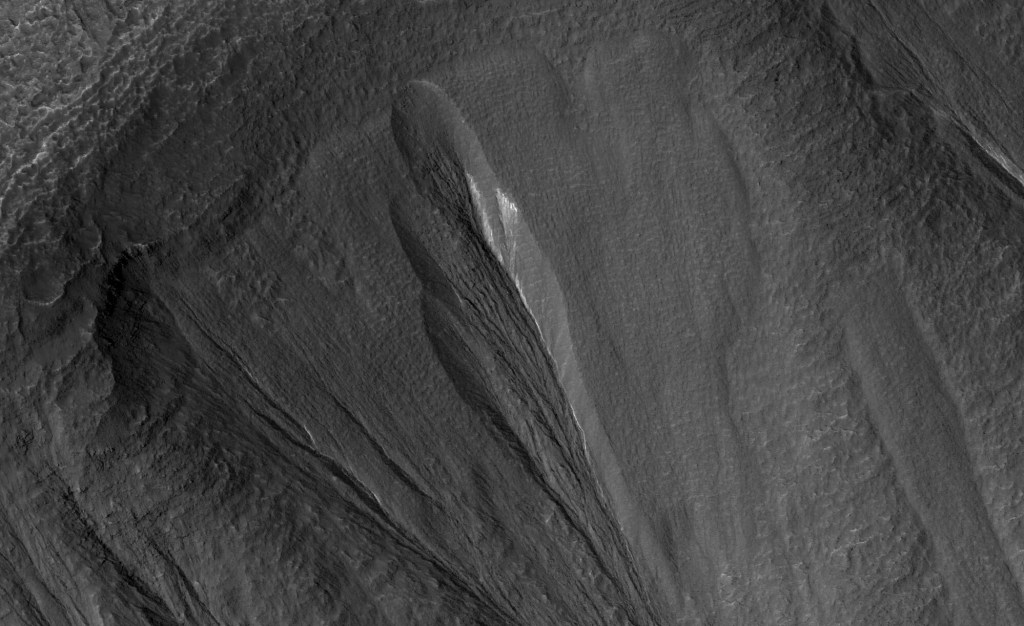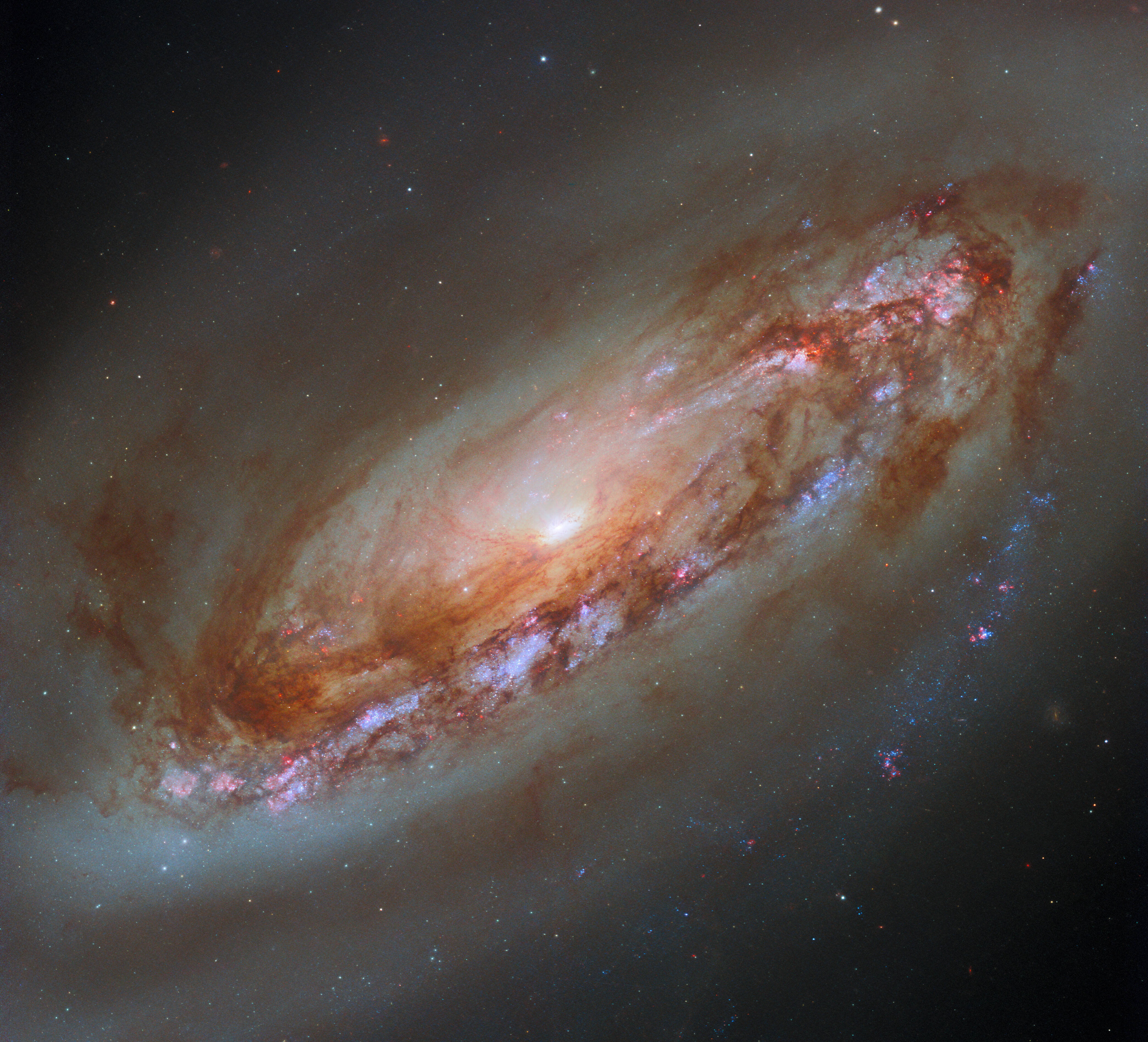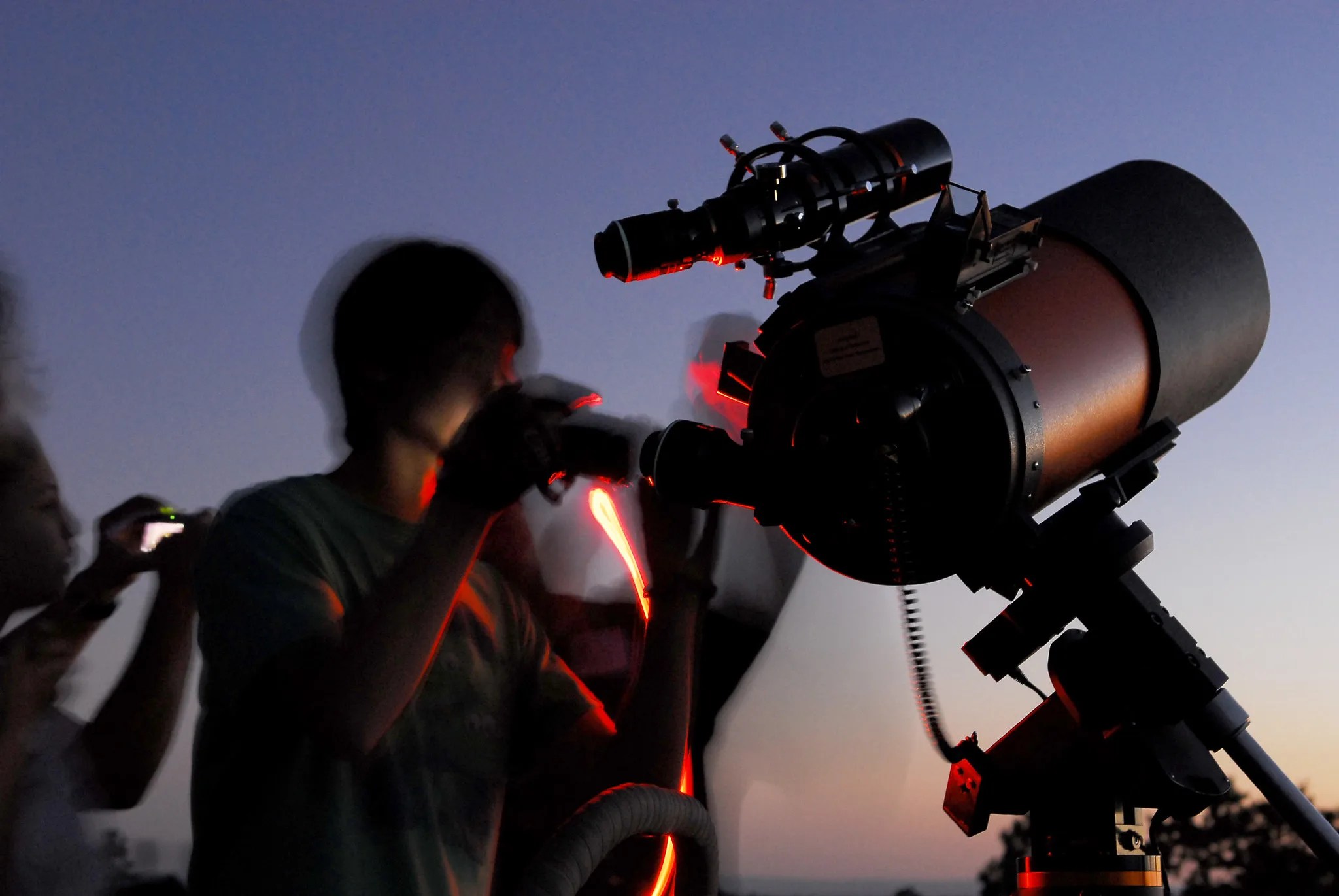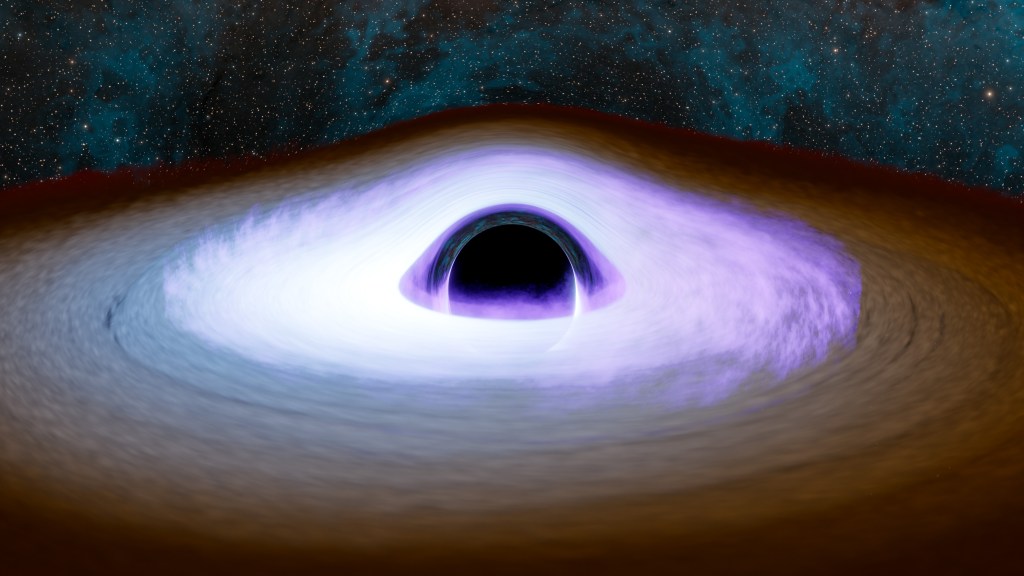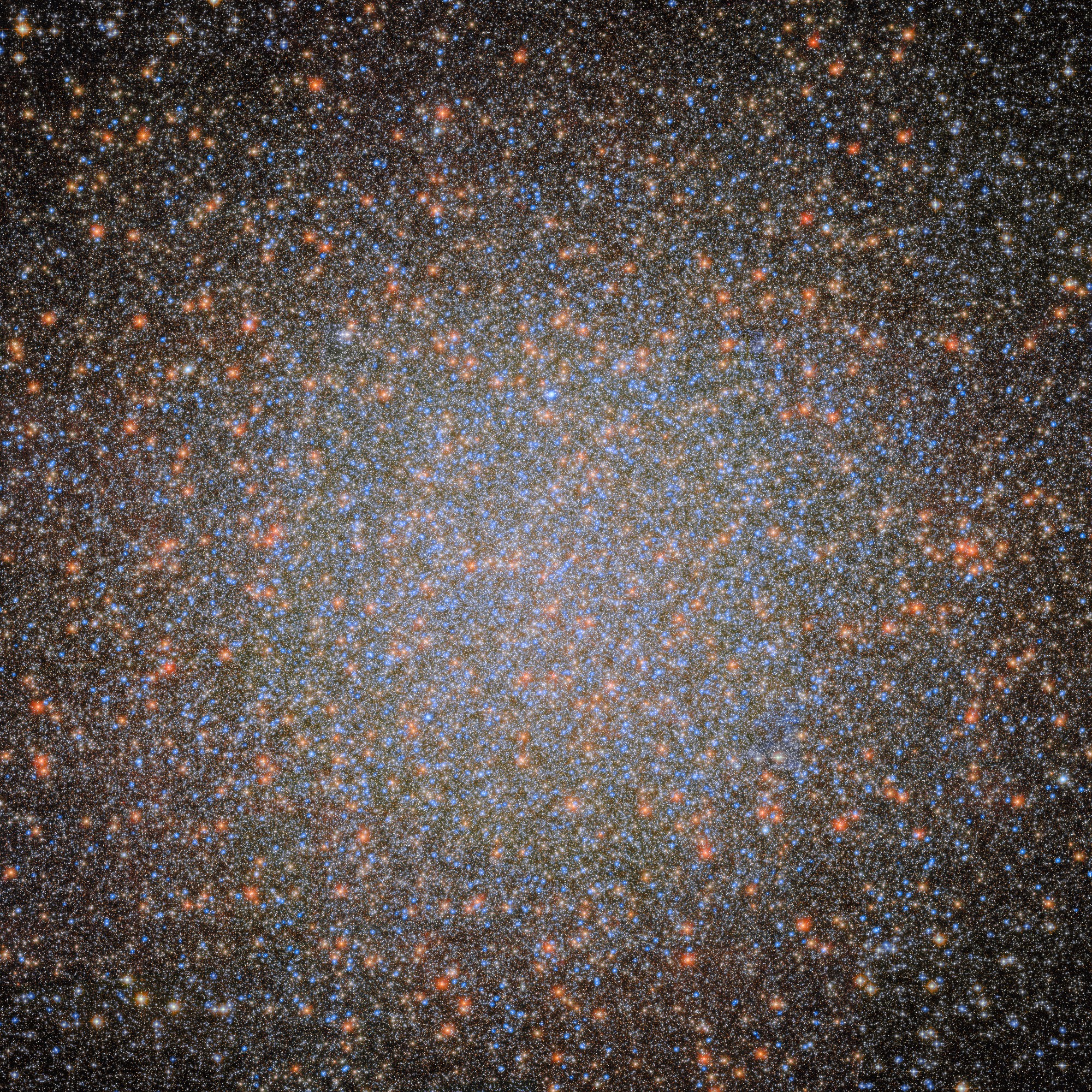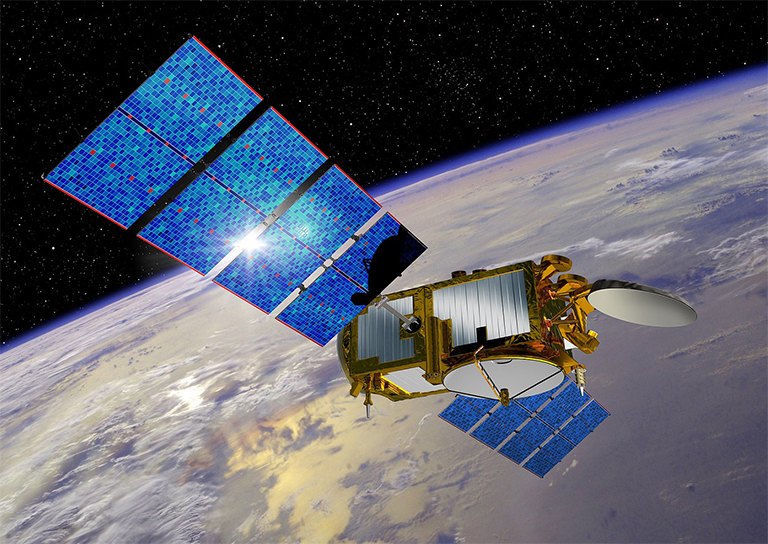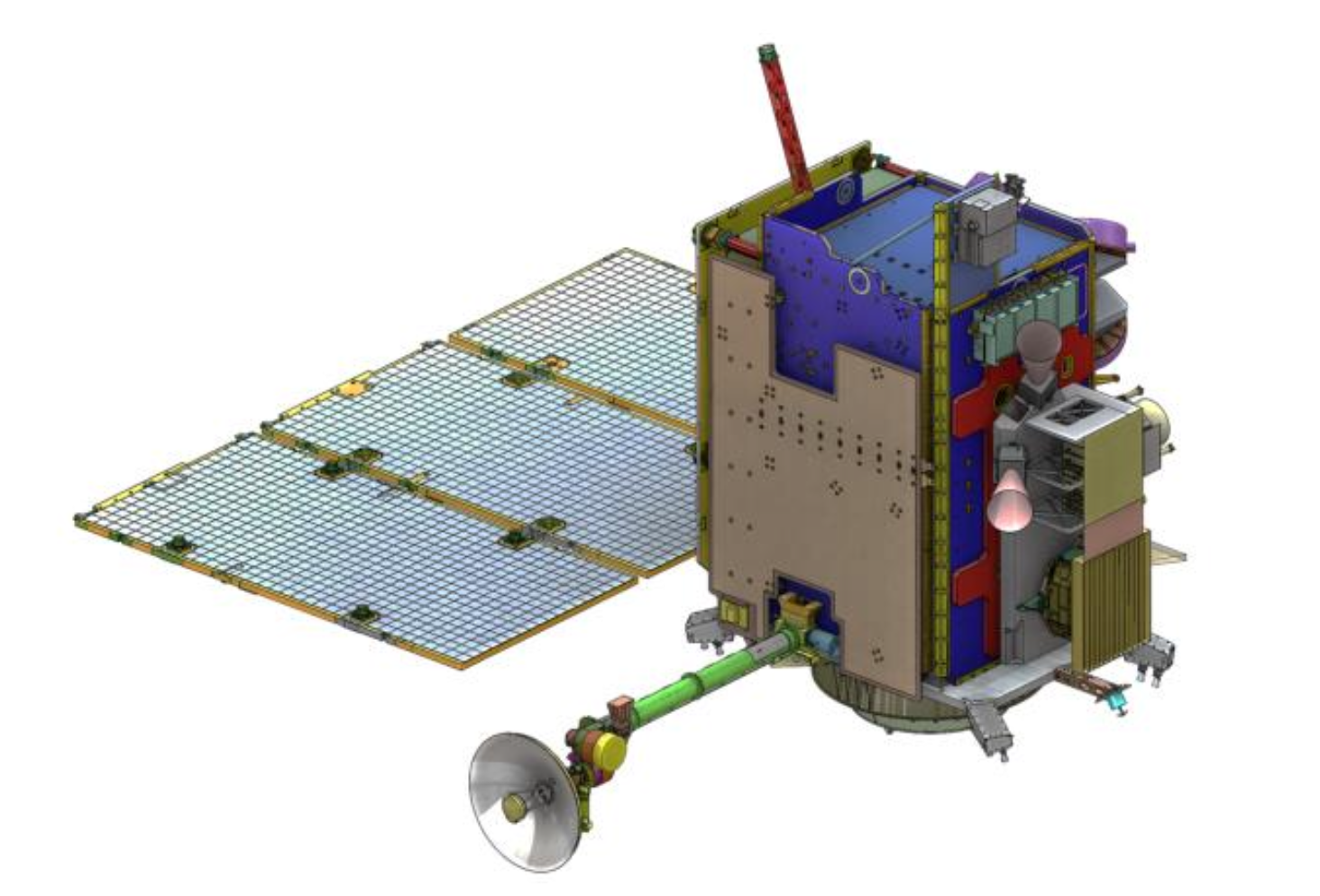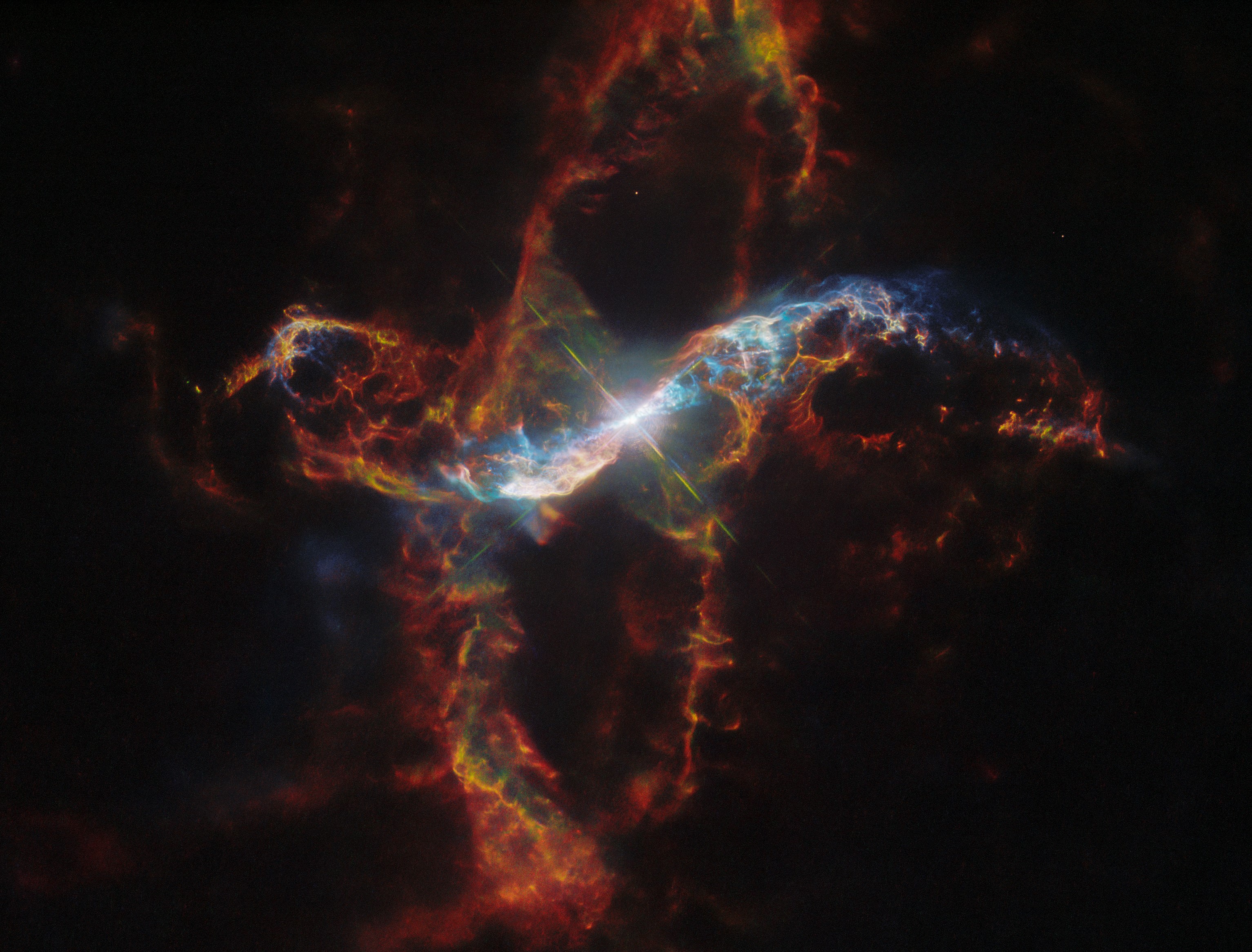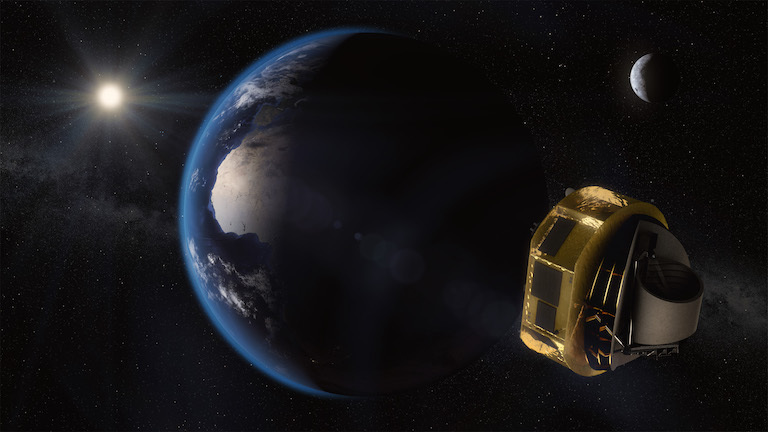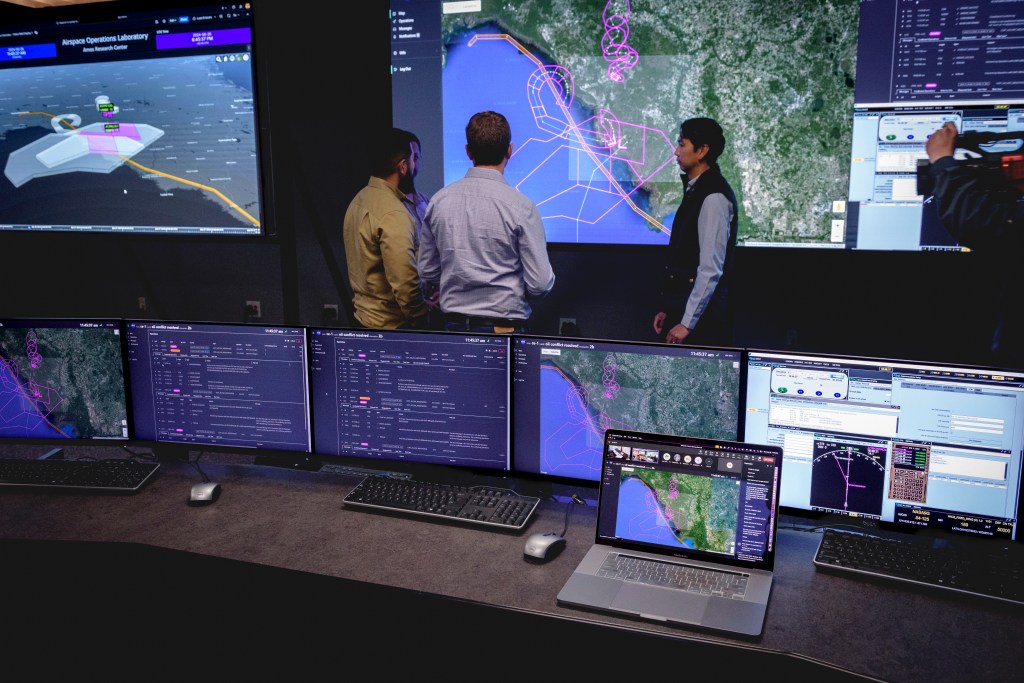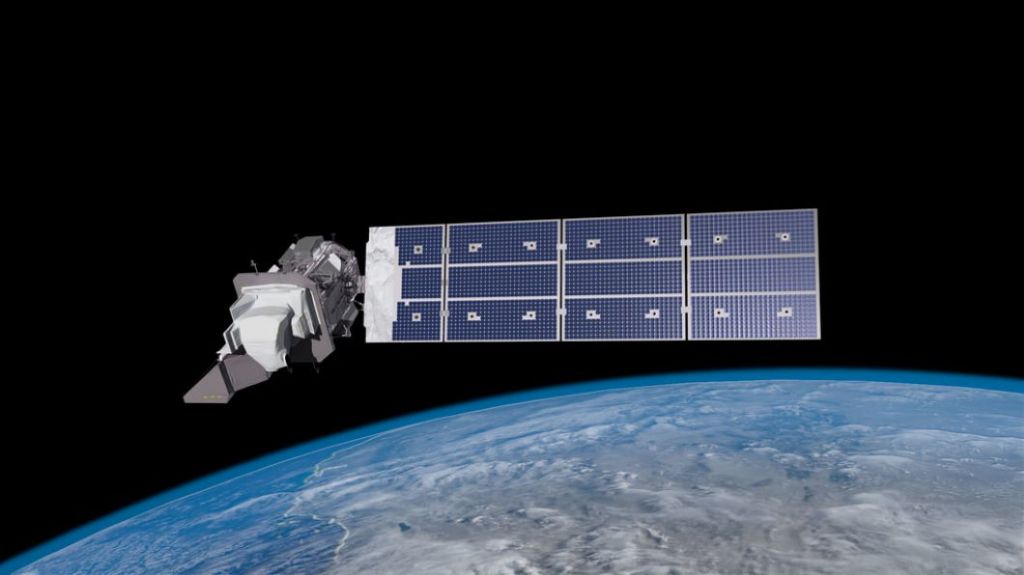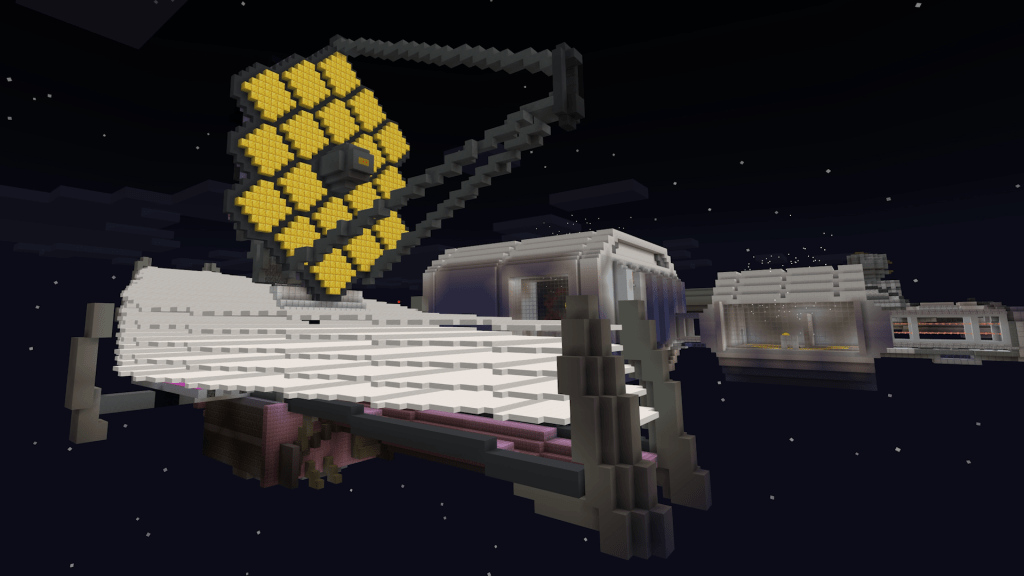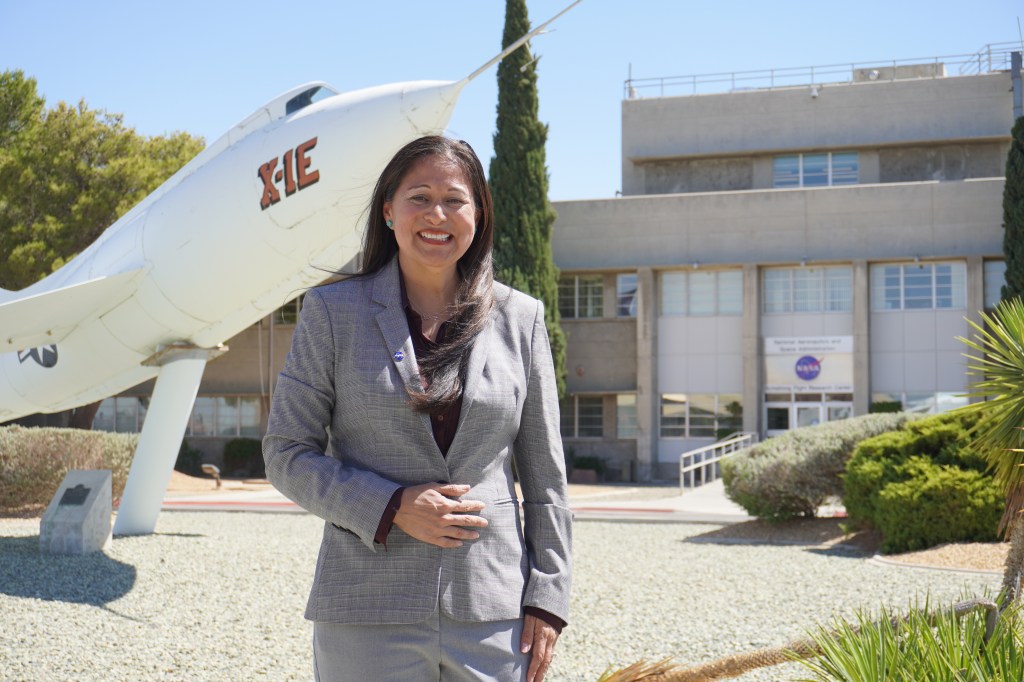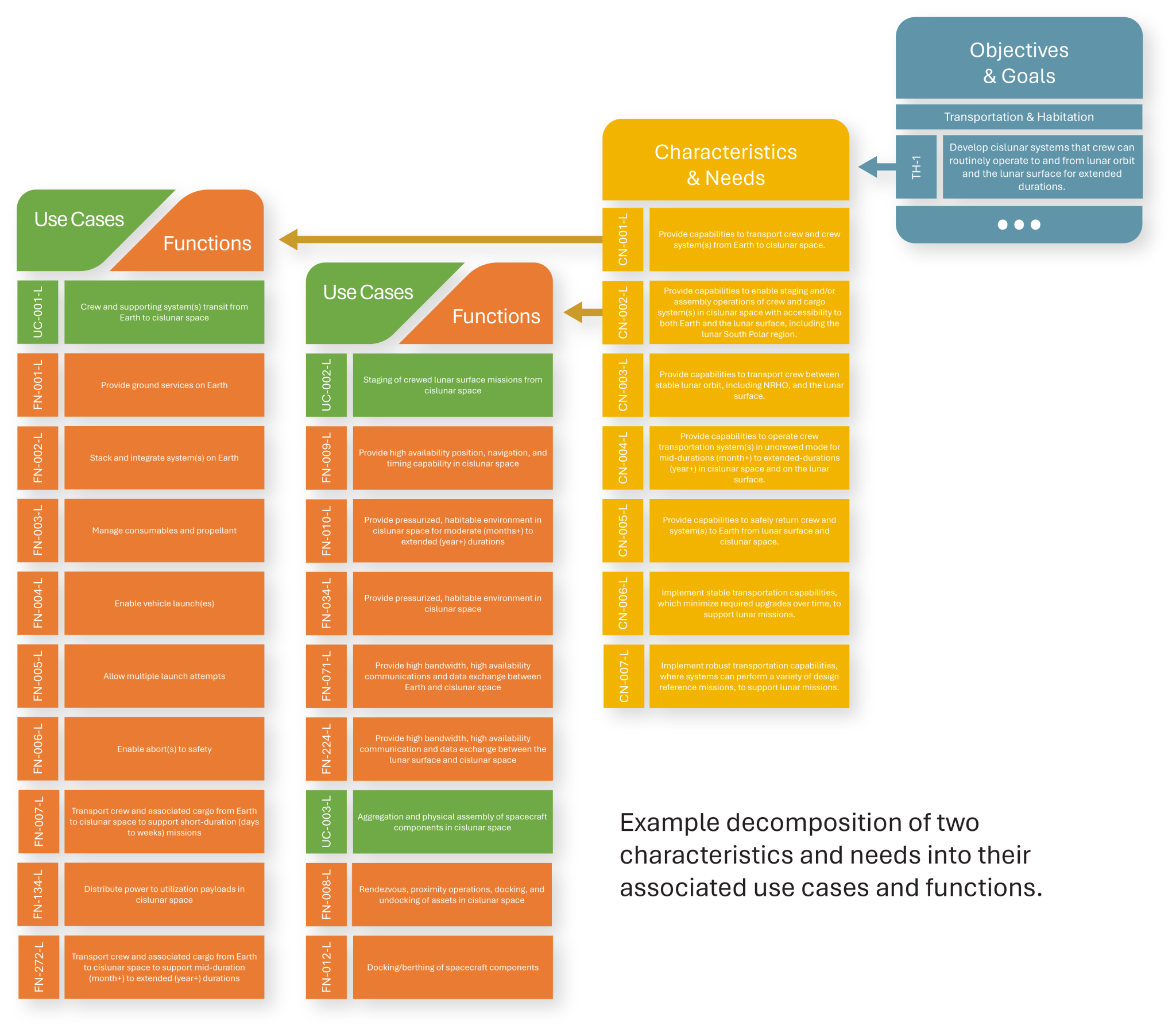Overview
To develop NASA’s Moon to Mars Architecture, NASA begins from its broadest goals — the farthest in the future on the timeline — in a process called “architecting from the right.” This process distills NASA’s Moon to Mars Objectives down into the things NASA needs to be able to do to achieve those objectives and then maps them to specific elements, the systems and hardware that will take us back to the Moon and beyond.
Architecting from the right helps NASA ensure that it’s making the right investments now to build the capabilities it will need in the future. The Moon to Mars Architecture is evolvable, with capabilities building on one another to enable increasingly ambitious mission. The lessons we learn by exploring the Moon will help us decide how to venture on to Mars and beyond.
Decomposition Features
This process of architecting from the right translates desired outcomes (the objectives) into the features of an architecture needed to produce them, or characteristics and needs. These characteristics and needs are further distilled into actionable functions and use cases that must be employed to produce them. From there, engineers group functions and use cases into exploration elements or reference missions that could effectively provide that subset of capabilities.
Objective decomposition is part of the agency’s annual Architecture Concept Review process. NASA documents the decomposition a model-based systems engineering environment, where use cases and functions can be further mapped to individual requirements owned by elements’ implementing programs.
Note: The graphic above does not reflect the most up-to-date objective decomposition. Download the most recent objective mapping tables for the latest.

